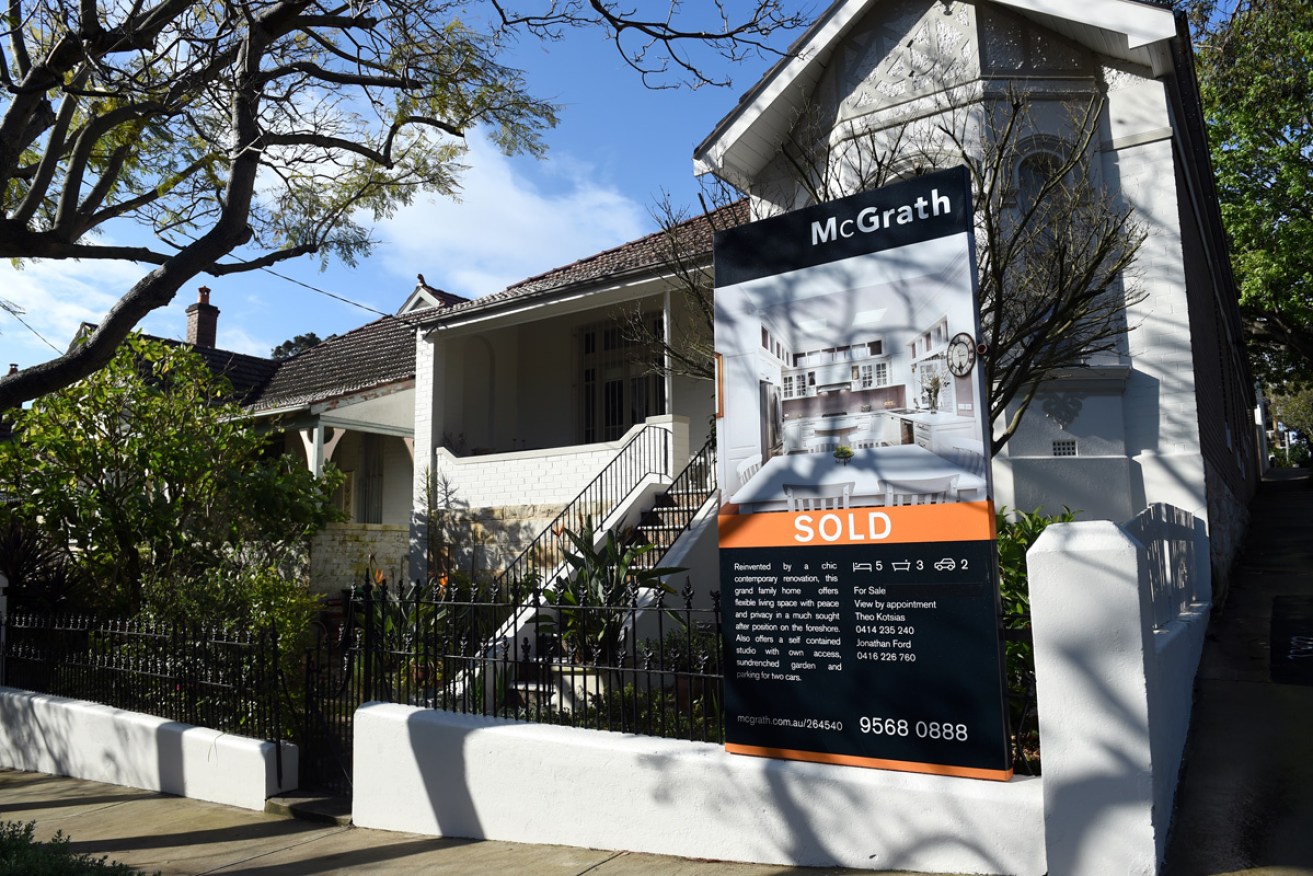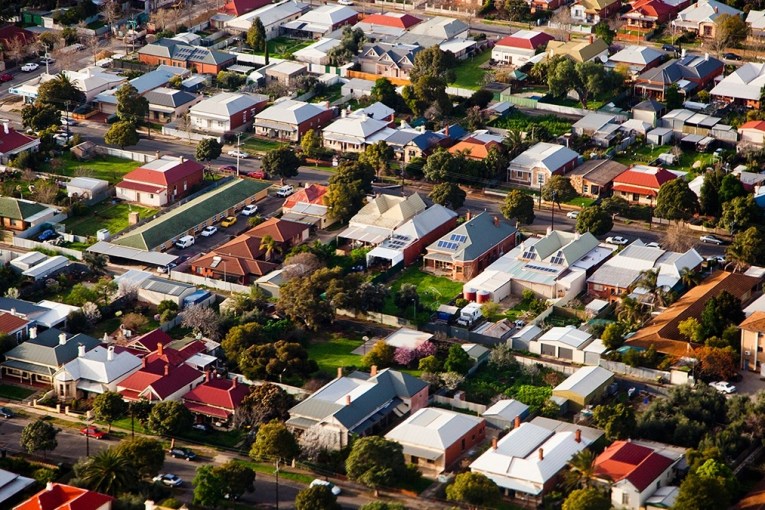Housing downturn loses steam but spreads into regional areas


Australian property prices continued to fall in March. Photo: AAP
Australian house prices continued to fall in March, albeit at a far slower pace than the levels seen in the past four months.
While the downturn has slowed, it has widened geographically with most cities and regions now in the red, CoreLogic’s Home Value Index for March has shown.
Prices nationwide fell by 0.6 per cent in average weighted terms in March, slower than the 0.7 per cent fall reported in February.
CoreLogic’s head of research Tim Lawless said there were tentative signs that the downturn was “losing some steam”.
“Although this is a positive development, the outlook for the housing market will continue to be affected by uncertainty related to the federal election, lending policies and, more broadly, domestic economic conditions,” Mr Lawless said.
While the steepest fall was recorded in Sydney, where dwelling values dropped 0.9 per cent, Melbourne’s downturn eclipsed the house price falls recorded during the 1989-91 recession, falling by 0.8 per cent.
Values fell 0.6 per cent in Brisbane and Darwin, 0.4 per cent in Perth and 0.2 per cent in Adelaide.
Hobart continued to buck the trend with house prices increasing 0.6 per cent for the month, while Canberra experienced steady prices over the quarter.
Outside the capital cities, regional prices fell by 0.4 per cent with the only exceptions being regional Tasmania (up 0.5 per cent) and regional South Australia (up 0.3 per cent).
“While the pace of falls has slowed in March, the scope of the downturn has become more geographically widespread,” Mr Lawless said.
Is the worst over?
Values are expected to continue to trend down throughout 2019, however it’s unclear just how low they’ll go.
Macro-business founder and economist Leith Van Olsen says what we’re currently seeing is “typical as house prices usually recovered during the first quarter”.
“I don’t think it’s slowing; the data is very seasonal. If you look at the historical data it shows a pick up in the first quarter over the last decade. I think this slow down is purely seasonal and to give evidence to that the annual falls in prices have increased,” he said.
“House prices grow more strongly in the first quarter – this is typical and all the indicators are pointing down – transaction volumes, auction clearance rates, all the stuff that matters shows a worsening market.”

Annual price growth across the major capitals. Graph: Macro-business
“I think it’ll keep falling throughout 2019 into 2020 [but] by how much I don’t know.”
The coming federal election, a potential slash to the cash rate on Tuesday and the continuation of strict lending standards are all creating uncertainty around the expected outlook for prices.
“I’d be surprised if we saw a resurgence in the rapid rate of decline. I think a lower cash rate will have some positive effect on the market, but not the same as previous periods when rates have been cut,” Mr Lawless said.
On the positive side, falling prices have improved affordability, and the potential of an interest rate cut could see mortgage rates at their lowest since the 1960s – assuming banks pass on the cuts to lenders.
“A lower cost of debt will provide some stimulus for the housing market.”








